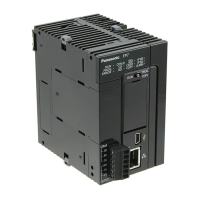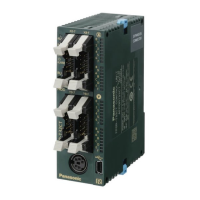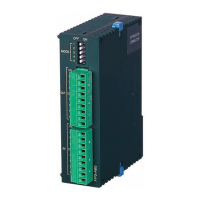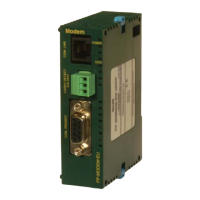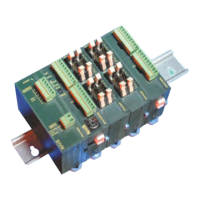(4) Check code
● This is a BCC (block check code) for error detection using horizontal parity. The BCC
should be created so that it targets all of the text data from the header to the last text
character.
● BCC starts from the header and checks each character in sequence, using the exclusive
OR operation, and replaces the final result with character text (ASCII code). It is normally
part of the calculation program and is created automatically.
● BCC can be skipped by entering “* *” (ASCII code: H2A2A) in place of BCC.
(5) Terminator (end code)
● Messages must always end with a “CR” (ASCII code: H0D).
● The method for writing text segments in the message varies depending on the type of
command.
● When the message to be sent contains a large number of characters, send the command
divided in several times.
● When the message contains a large number of characters, the response is sent divided
in several times.
11.2.2 MEWTOCOL-COM Response Format
■
Response message
The PLC that received the command returns the processing result.
(1) Header (start code)
● Commands must always have a “%” (ASCII code: H25) or a “<” (ASCII code: H3C) at the
beginning of a message.
● The response must start with the same header that was at the beginning of the command.
(2) Unit number
● The unit number of the PLC that processed the command
(3) Text
● The content varies depending on the type of instruction. If the processing is not completed
successfully, an error code will be stored here, so that the content of the error can be
checked.
11.2 MEWTOCOL-COM Format
WUME-FP7COM-07 11-5

